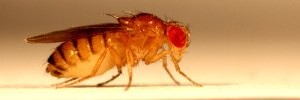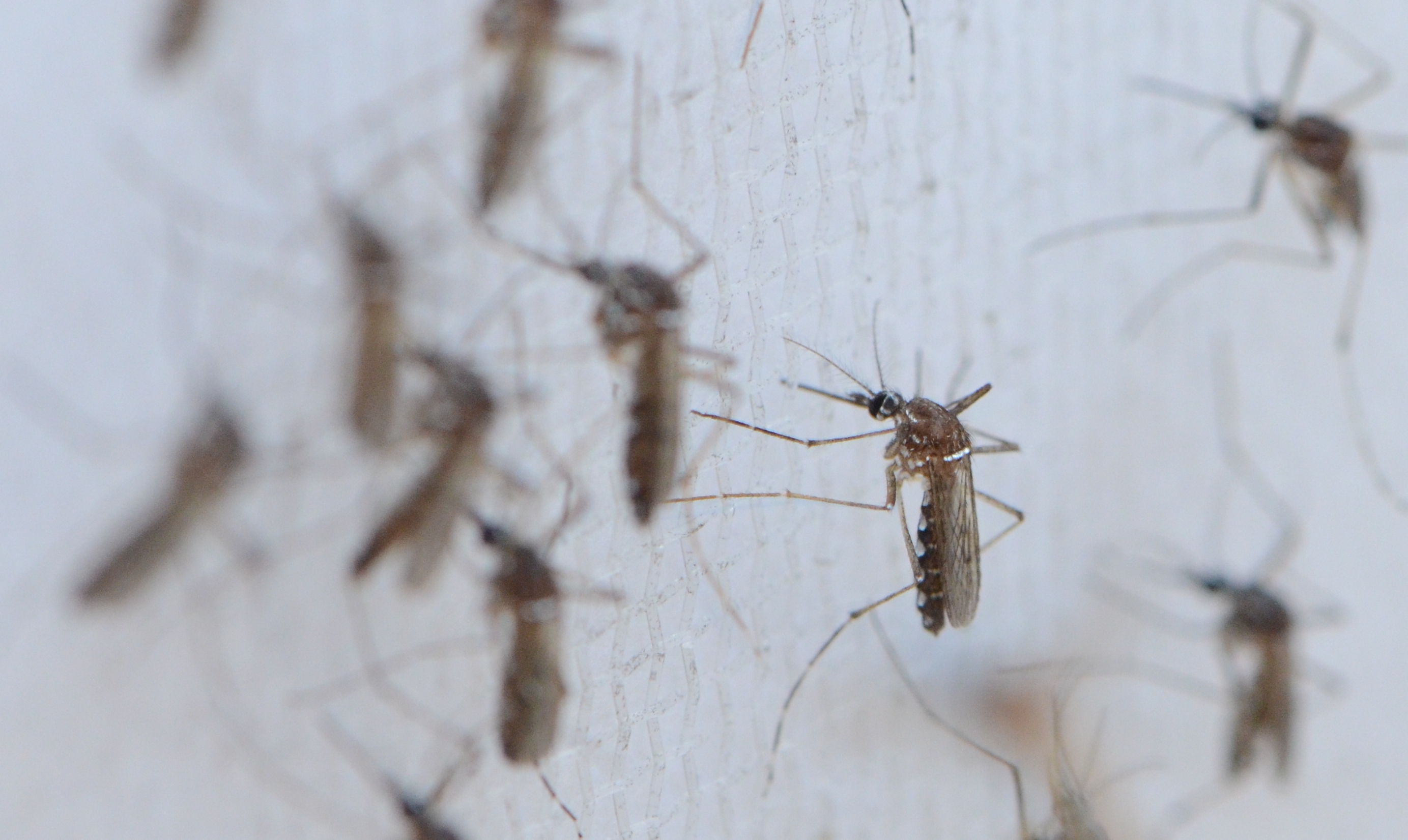Della Martin Postdoctoral Fellow
I am interested in the neural circuits and computations underlying complex behaviors in insects.
Postdoctoral Research, Dickinson lab (Caltech),
Neural and Behavioral Mechanisms of Path Integration in Drosophila.
- Behbahani AH, Palmer EH, Corfas RA, Dickinson MH. An odometric model of local search in Drosophila. (in preparation)
- Corfas RA, Sharma T, Dickinson MH. Diverse Food-Sensing Neurons Trigger Idiothetic Local Search in Drosophila. Current Biology 29, 1660-1668 (2019). (link)
Thought experiment: what if I was blindfolded, and told to meander around a field for 100 steps before returning precisely to my starting place? Despite my best efforts, I would get hopelessly disoriented. Remarkably, this is routine stuff for insects like Cataglyphis fortis. These ants wander the featureless desert foraging for food. When they find a morsel, they are able to walk directly back to their nest. Decades of careful fieldwork has shown that these ants can use path integration to keep track of of their position relative to their nest. How does the nervous system accomplish this navigational feat?
As a postdoc, I am using Drosophila to study the neural and behavioral mechanisms of path integration. After encountering food, hungry flies often perform a local search consisting of repeated excursions away and back to the food. Remarkably, Drosophila can perform this behavior in total darkness, suggesting that they can use internal signals and computations to keep track of their location. By stimulating specific populations of neurons, I identified diverse sensory and reward pathways that trigger local search and characterized the role of nutritional state in regulating search. Leveraging this approach, I developed high-throughput setups to study Drosophila path integration in constrained mazes and virtual-reality environments. Next, in collaboration with others in the lab, I combined behavioral experiments with agent-based modeling to determine that flies perform food-centered search by integrating their walking distance between consecutive turns. Together, this work provides a foundation for future studies that will use brain imaging to identify neural circuits supporting path integration.
PhD Research, Vosshall lab (Rockefeller University)
Neurogenetics of Heat-Seeking Behavior in Mosquitoes.
- Corfas RA & Vosshall LB. The cation channel TRPA1 tunes mosquito thermotaxis to host temperatures. eLife 4, e11750 (2015). (link) (commentary)
- McMeniman CJ, Corfas RA, Matthews BJ, Ritchie SA, Vosshall LB. Multimodal integration of carbon dioxide and other sensory cues drives mosquito attraction to humans. Cell 156, 1060–1071 (2014). (link)
Like most organisms, mosquitoes have evolved sensory-motor systems to detect and avoid excessive heat or cold—a behavior termed thermotaxis. However, female mosquitoes also use thermosensation to locate endothermic (‘warm-blooded’) hosts, such as humans. During my dissertation, I examined the behavioral strategies and molecular sensors driving this specialized mode of mosquito thermotaxis.
Using high-throughput, quantitative assays, I first showed that Ae. aegypti heat-seeking behavior is activated by an increase in ambient carbon dioxide—a cue that signals a nearby host. I found that mutant mosquitoes lacking CO2 receptors do not heat-seek. Male Ae. aegypti, which don’t blood feed, also do not heat-seek. By doing experiments in a temperature-controlled chamber, I found that mosquitoes are exquisitely sensitive to thermal contrast, and are able to heat-seek in diverse ambient temperatures by seeking relative warmth and avoiding relative cool.
Next, using genome-editing, I tested the roles of insect thermosensors, and found that the cation channel TRPA1 is required for tuning mosquito thermotaxis to stimuli resembling warm-blooded hosts. TRPA1 mutant mosquitoes fail to avoid high-temperature stimuli, and do not distinguish between thermal targets resembling hosts and those that are inappropriately hot. These results demonstrate that evolutionarily conserved thermosensors, typically used for thermoregulatory homeostasis, can be repurposed by blood-feeding arthropods to help recognize the thermal signatures of their hosts.
Education
Ph.D. Biology, The Rockefeller University, 2016
B.A. Neuroscience, Oberlin College, 2008
Contact
roman.corfas@gmail.com


